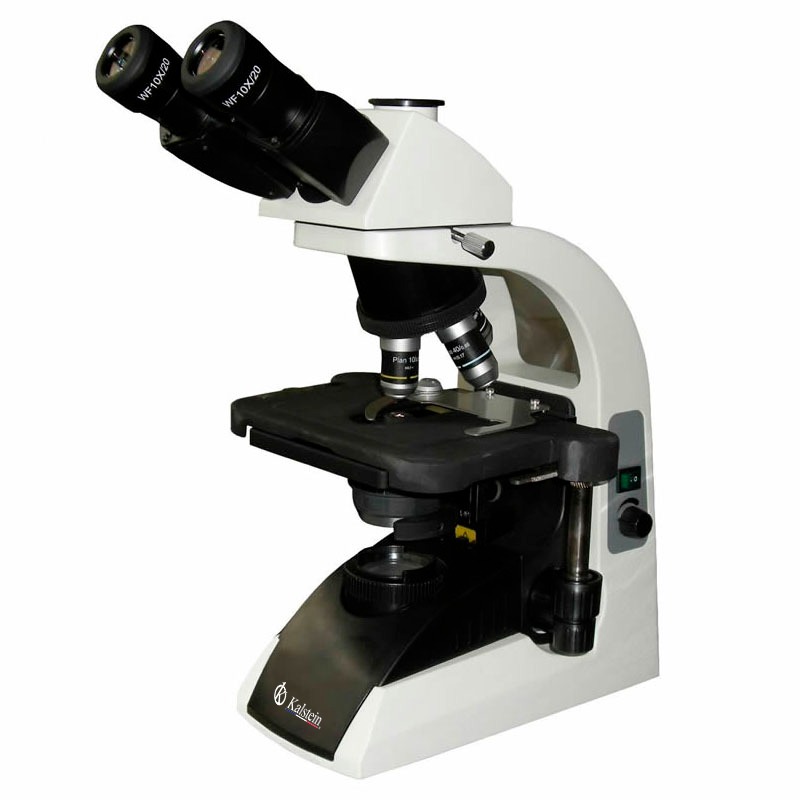Optical microscopes are useful instruments that are integrated into basic science, research, chemical industry, food manufacturing, medicine, etc. These microscopes are basically used to see very small objects, like microbes, fungi, bacteria, etc., because they’re not visible to the naked eye. The basic principle of optical microscopes is the use of lenses and a great increase in the magnification of objects.
Although there are different types of microscopes, optical microscopes are considered the most common and versatile; many companies have them for sale at a wide variety of prices. The following describes the most commonly used optical microscopes, such as the composite microscope, the polarized light microscope, the fluorescence microscope, the electron microscope and the atomic forces microscope. Knowing these types of microscopes can be very helpful when deciding on their use.
What is a composite light, polarized light, and fluorescence optical microscope?
A composite optical microscope is the most common type of optical microscope. These microscopes use two or three or more lenses to achieve greater magnification than just with a lens. This tool can enlarge objects up to 1000 times their original size. Composite optical microscopes are also known as light microscopes. This type of microscope is ideal for seeing small details in objects, such as very small cells, tissues and structures, amoebas, etc.
Another common type of optical microscope is the polarized light microscope. This type of microscope is ideal for the identification of crystalline substances in transparent materials. It uses polarized light to show the true crystalline structure of the materials and for the identification of non-crystalline materials. These microscopes are used in numerous industries, such as automotive, food, textile, jewelry, etc.
Fluorescence microscopes are specialized optical microscopes that are used to obtain fluorescence microscopy data. These microscopes take advantage of the phenomenon of the interaction of visible light with the material in question. An ultraviolet light source emits light onto the objects under investigation, which is then picked up by an optical microscope and analyzed on a screen. This tool is widely used in the research of tissues, cells, bacteria, etc.
What is the usefulness of the contrast, atomic force and electron transmission microscopes?
Phase contrast microscopes are also among the most common types of optical microscopes. These microscopes allow objects to be seen clearly and sharply, with the help of two lenses that focus simultaneously on an object. This tool is used to study suspended particles, such as red blood cells, bacteria, cells, etc.
Another popular type of optical microscope is the atomic force microscope. This tool is used to observe the behavior of materials at the molecular level. This microscope uses a tip of an optical instrument to move atoms from one site to another and produce enlarged images. This tool has been successfully used in the manufacture and design of nanomaterials.
Low temperatures also play an important role in visualizing minuscule details. The electron transmission microscope (TEM) is one of the widely used low temperature microscopes. This tool provides a higher magnification than other optical microscopes and is used for studying molecules, nanomaterials, etc.
The development of digital and electronic microscopes
Digital microscopes are also among the different types of optical microscopes. These microscopes are equipped with a digital camera and are used to take snapshots of small objects. These microscopes can be used to store photos and to track the results of experiments. Finally, the electron microscope is the last type of optical microscope. This tool is widely used for examining wide objects such as molecules, crystals, etc.
The electron microscope includes a cathode ray source that emits an electron beam onto the object. This creates a magnified image of the object on the screen. This tool is widely used in numerous fields, such as biology, medicine, physics, chemistry and engineering, to examine its chemical composition and structure at the molecular level. In conclusion, optical microscopes are an extremely useful tool for viewing scientific objects that would not otherwise be visible to the naked eye.
There are several types of optical microscopes, each of which is used for a specific application. Some of the most common types of optical microscopes are the composite microscope, polarized light microscope, fluorescence microscope, phase contrast microscope, atomic force microscope, electron transmission microscope and digital microscope. These optical microscopes are used in many industries and scientific disciplines to look at objects at the molecular and microscopic levels.
Types of Kalstein optical microscopes
For many applications and research laboratory support, Kalstein’s optical microscopes are of excellent quality. Whether it’s polarized light, fluorescence or digital microscopes, it comes with an infinite optical system and a magnification power of up to 100X suitable for use in laboratories. For those interested in purchasing these devices, information is available at HERE and HERE.



